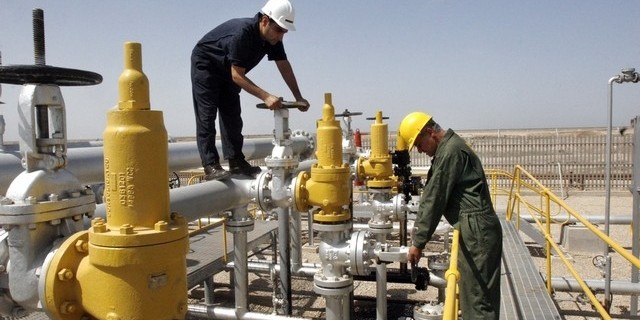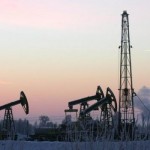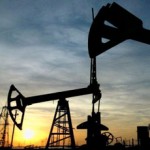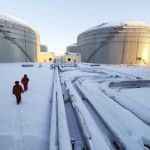What the recent OPEC deal means for oil prices

The September 28 Algiers accord by Opec to cap production within a range of 32.5 million to 33 million barrels per day was unexpected but very positive for sentiment.
This was the first time Opec decided to trim output in eight years. Still, the deal is far from finalised and more work needs to be done before it can be enforced.
The deal signals a possible return to the country-level quota system that ended in December 2011. It remains to be seen if certain members will be able to agree on these quotas. Opec members will also need to agree on which production statistics should form the basis for monitoring. Most probably they will use estimates based on secondary sources, which are published in its monthly report. There are, however, several other questions that remain unanswered.
First, what will happen to Iranian production? The Iranian position is that it will not make any production cuts at this point, although Saudi Arabia had since the Doha talks in April insisted that Iran must be involved in any future cutbacks.
It could be that bravado is replaced by reconciliation.
Alexander Novak, the Russian energy minister, conveyed this idea when he said: “Saudi Arabia and Iran have become more flexible in discussing the parameters by which Opec is getting ready to achieve target levels.” Iranian production has already reached pre-2012 sanctions capacity of about 3.6 million bpd. It appears that Iran has obvious limits to increase production further in the short term. Reaching and sustaining production above 4 million bpd, which is the level demanded during preliminary discussions, would probably need substantial investments from international oil companies.
Second, what happens to Nigeria and Libya? In Nigeria, a reappearance of attacks on oil infrastructure after the government stopped payments to militants in the Niger Delta region recently drove production to lows not reached since the mid-1980s. However, the government has now entered negotiations with the main militant groups and exports should pick up in coming months. Libyan output has been heavily depressed for the past five years because of its civil war. Libya can restore some production capacity, since the state oil company regained control over three major export ports in mid-September.
Third, will non-Opec members participate in the cutbacks? Non-Opec participation is important, principally that of Russia. Despite not taking part in the actual Opec talks, Mr Novak was involved in negotiations before the Algiers meeting. On September 4, the Russian president, Vladimir Putin, sat down with Prince Mohammed bin Salman, Saudi Arabia’s deputy crown prince, during the G20 summit in Hangzhou, China, and the message was clear that their governments were working together to find a solution. Although the world’s biggest energy exporter has signalled it is willing to join efforts with Opec to control global supply, it is on course to pump oil at a post-Soviet record in September.
Fourth, Opec will also have to decide for how long these measures will last. For it to have teeth and for markets to be convinced, it would need to be a year-long agreement.
Lastly, as Opec seems to have blinked, it remains to be seen what happens to the American shale industry. US shale producers proved much harder to eliminate than their opponents expected. Hence, oil’s long-term price recovery is in uncharted territory as drillers endured.
Many obstacles have to be overcome, but the accord is positive for prices. The market has been moving back, albeit at a snail’s pace, towards balance for some while and the accord allows for a new paradigm in oil prices to set in. Even if oil prices do not significantly rally, there could be enough momentum to limit short positions as well as contain the downside. Brent could assume levels above US$50 per barrel before the end of this year and reach $60 next year. Extra supply coming off during 2017 may lead to higher prices in 2018.
Source: TheNational





























